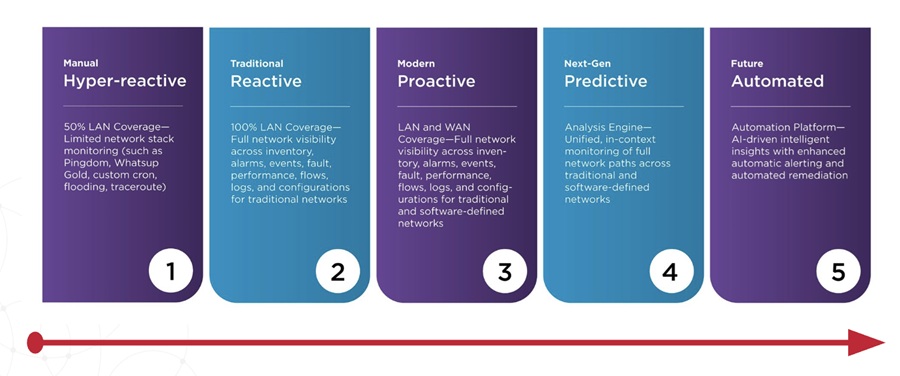
The “Mother's Me Week” Study discovered that 40 percent of US moms have been disappointed on Mother’s Day, and half of American moms would buy themselves a gift if they were disappointed on Mother’s Day, with nearly 1 in 5 doing so on Mother’s Day (16%), 14 percent the Monday after, and 14 percent the week after.
SOASTA commissioned the online research, conducted by Harris Poll, to alert retailers about the need for continuous testing and performance analytics for their online stores to ensure a quality user experience – whether it’s for key shopping events like Mother’s Day or new emerging shopping trends like Mother’s Me Week.
Over 1 in 10 American moms (12 percent) said problems with gifts caused them to be disappointed with Mother’s Day, including:
· I had to buy my own gift - 5 percent
· I could tell the gift was bought at the last minute – 5 percent
· Gift wasn’t thoughtful – 5 percent
· Gift was something I needed instead of something I wanted - 3 percent
Moms listed other reasons they were disappointed for Mother’s Day, including: “I wasn’t recognized at all” (12 percent); I had to do housework (10 percent); Spouse/partner only cared about their own mom not me (9 percent); kids didn’t acknowledge it properly (9 percent); the attention felt forced/obligatory (8 percent); Mother’s Day didn’t last the whole day – just a few minutes (7 percent); and family fights (5 percent).
Nearly one in two moms (45 percent) said they would buy something online immediately to improve their mood if they were disappointed on Mother’s Day, including: shoes (13 percent); tickets to a movie/theater/concert (13 percent); massage appointment (12 percent); jewelry (12 percent); purse (10 percent); going out clothes (10 percent); and makeup (10 percent). The choices with the least interest were “better husband” (4 percent) and “better children” (2 percent).
“We’re hoping both families and stores take our Mother’s Day warning to heart,” said Tom Lounibos, CEO, SOASTA. “Everyone should make Mother’s Day special. If families don’t do their part, then stores need to ensure that disappointed moms can count on a quality retail therapy experience that only comes with continuous testing and performance analytics.”
Survey Methodology: This survey was conducted online within the United States by Harris Poll on behalf of SOASTA from April 27 - 29, 2015 among 680 American moms ages 18 and older. This online survey is not based on a probability sample and therefore no estimate of theoretical sampling error can be calculated.
Ann Ruckstuhl is CMO of SOASTA.


